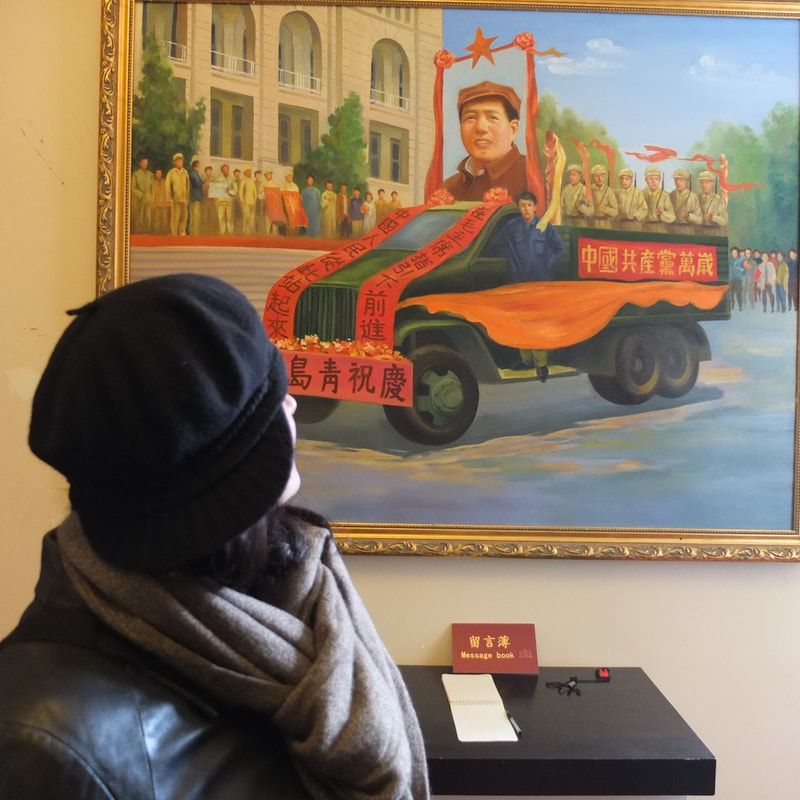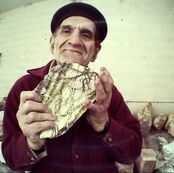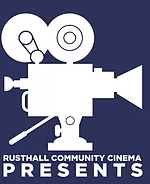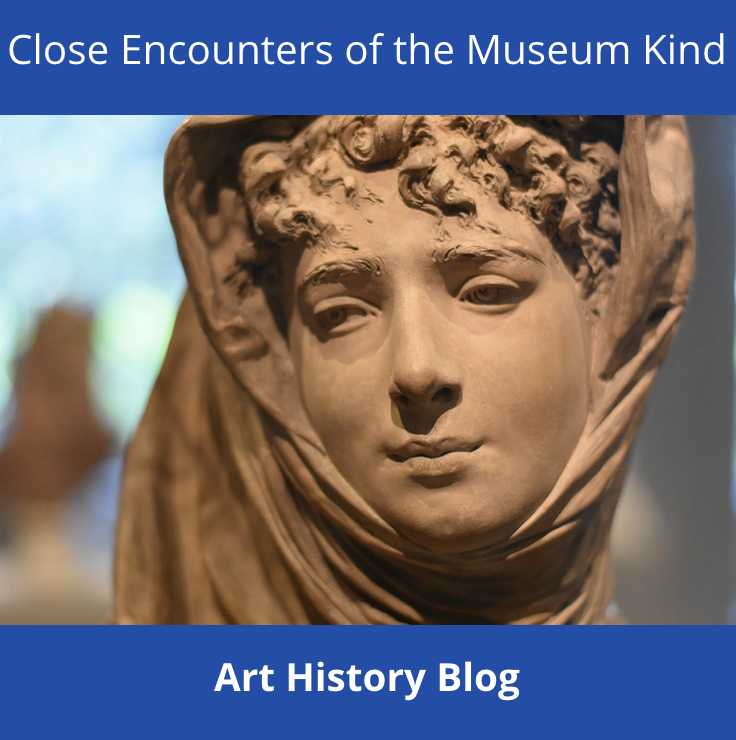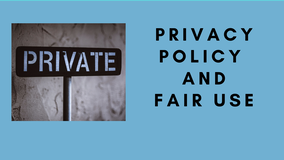A release form is a legal paper. It gives you permission to film someone's image, voice, property and home, their archives, films, music, audio and other media and content. You have got to have one. If not, you'll get shot in the . . . Well, basically, you'll get trouble later on down the line. The first thing, after meeting your subject is to ask permission to film them. It is as simple as that. That is all it takes. Most people, if they agree to be filmed, will agree to sign a release form. It protects both parties. However, once things do go onto paper, the subject may suddenly become nervous. Subjects can feel that you are taking something from them. They may want payment. So you need to explain what exactly you are asking them to do, and why. You should never have to pay a subject for their participation in your documentary. I always explain that it protects us both. I am very honest with what I am doing with my work, and I show them some edits if they are the main subject. Once, while working with James on Chez Lise, we followed a young man who was transiting, with the idea to make a short piece called Becoming Josephine. Suddenly they became scared due to family. We had a signature, but never would we have continued. It would have ethically been very wrong. How to create one Personal Release The most common release form is called a Personal Release. This is for filming your subject. I give a release form to each person individually. Here is an example of a very simple personal release form to download. The content can be changed and adapted whenever you need. As long as you mention exactly what you want to film/interview, get a signature and date, you will be fine. If the subject and subject matter could be controversial, and you are determined to use it it is a good idea to have an entertainment lawyer look over the release form for you. This is expensive, but you will be clear about your rights. It is usually just a one-off meeting. When I filmed Stanley Lewis for Dust, a Sculptor's Journey, he gave me full consent before he died to use his images and media, voice, his studio and artworks, for our documentary. I was unsuccessfully cautioned by his not-so-ethical agent and threatened. As I had a solid release form, with a witness, an entertainment lawyer told me that there was nothing the agent could do to stop me completing the documentary. Which I did, and the agent did not stop me. Other situations when you need a release. (Most Western countries)
When you usually do not need a release
What if you don't have a release and you have already filmed?
What if you cannot get the release from the subject or they refuse? This is a tricky one, it really depends on the situation and how to react. I believe we need to respect our subject. If they refuse and you have already shot a lot of footage, there is really nothing you can do. You could try and go back to them about it, but if they are firm, you will have to abandon their role in your documentary. What if they refuse? There are a few options as long as they are not main characters
The last word on Release. I think the best bet is to always try to have a few copies on you. You can leave sections blank, which can be filled in as you need to - property, person, object, media.
THANKS FOR PASSING BY HAVE A GREAT WEEKEND Please leave a comment, it is always lovely to have your opinions. JEANNE
0 Comments
Leave a Reply. |
Jeanne PopeFilmmaker, teacher, traveller and storyteller
Other Links |
|
"Thank you dear Jeanne. It is an honour to have your creative thoughts which are printed in this film. With your love energy, passion and creative thoughts and encouragement this film can have its own soul finally. Thank you so much". Tao Gu - Taming the Horse
|
"Jeannette taught me the tools I needed, never having made a documentary before. She gave so much time, patience to show me, guide me and share her creativity and skills with me." Dr. Zou Qialing, Beijing Film Academy, Qingdao Campus
|
|
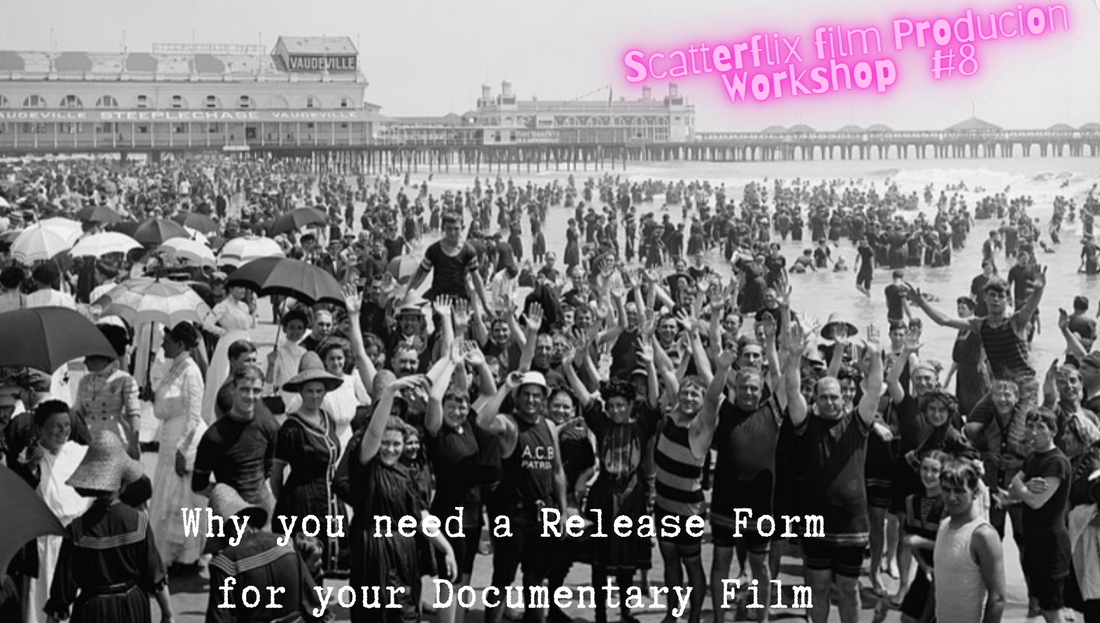


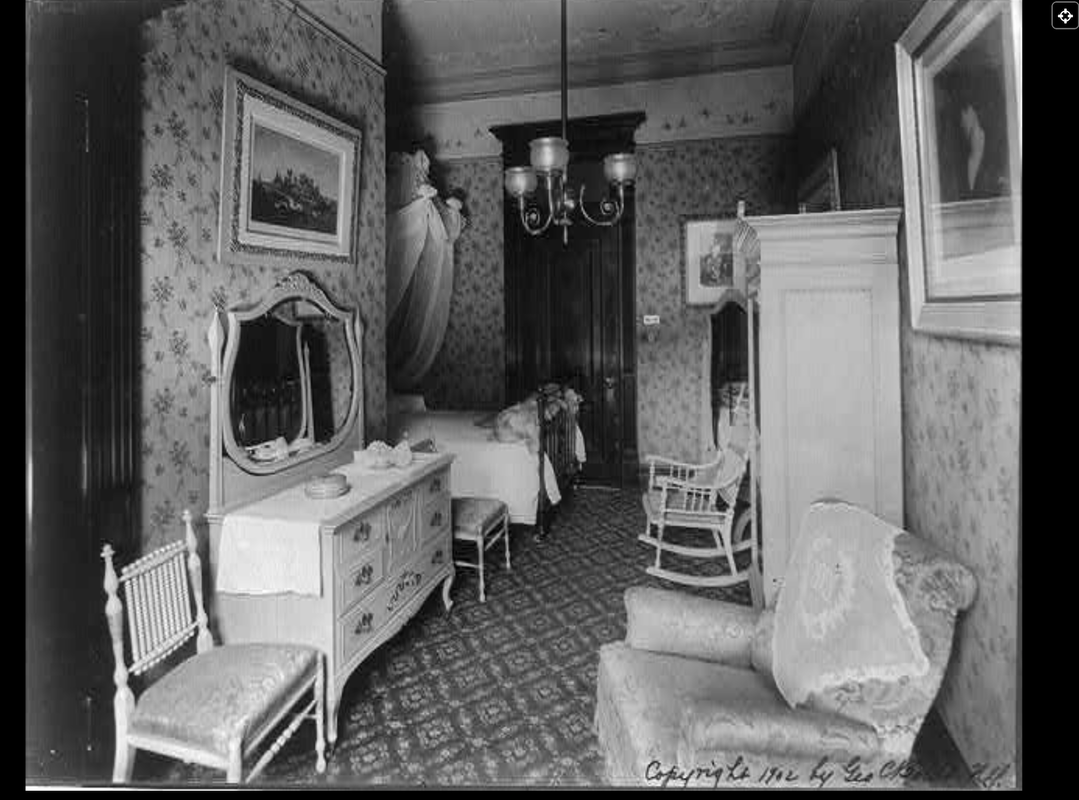
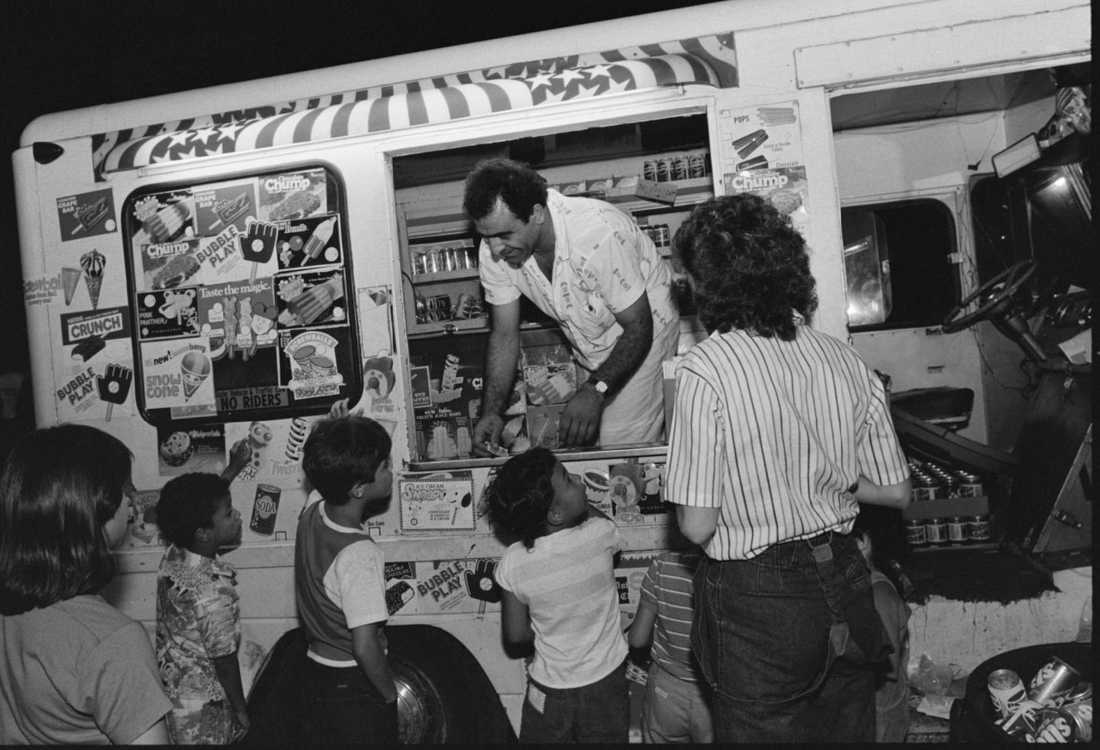
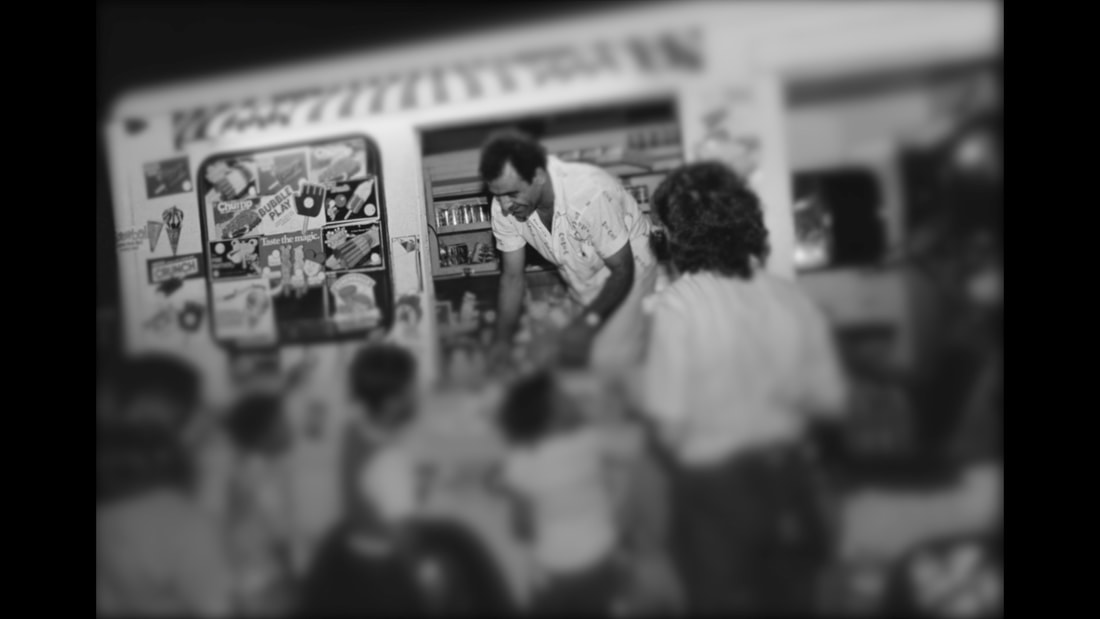
 RSS Feed
RSS Feed
